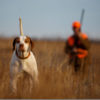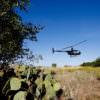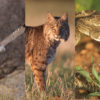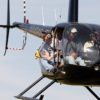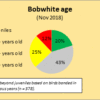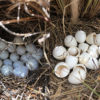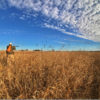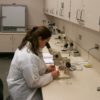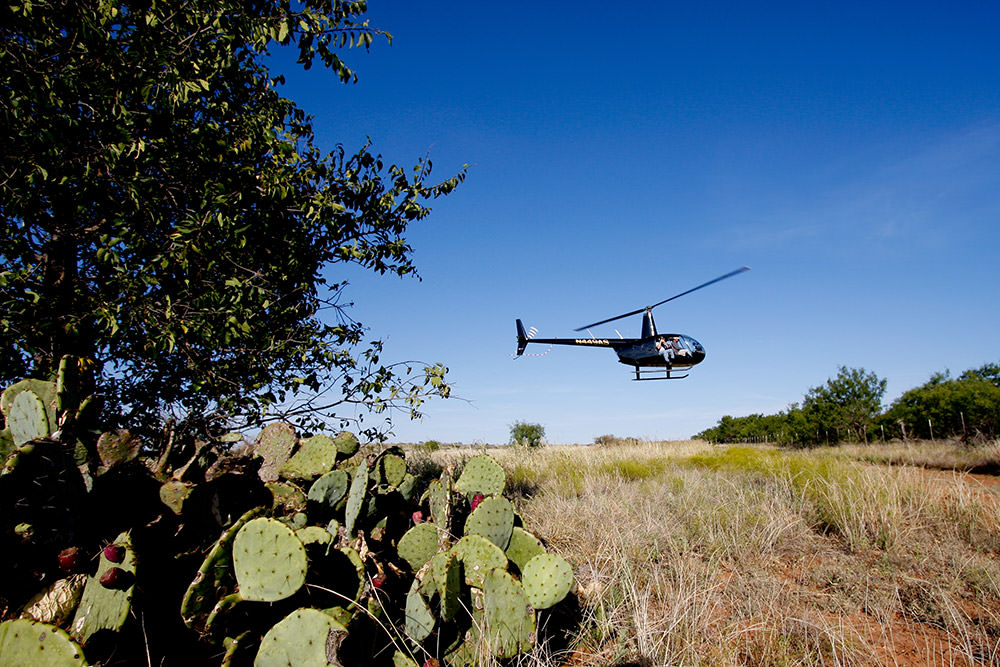
by Daniel King and Brad Kubecka
There are multiple miscommunications that arise when discussing harvest management. Some of these frankly originate in semantics of a “quail population.” Defining our population is key. A population is bounded by time and spatial extent. So, it’s equally valid to talk about the population of bobwhite in Texas during December 2021 as it is to discuss the population on our individual ranch this December.
Bag limits are set at the state level, but harvest occurs at a much smaller spatial scale. The miscommunication that harvest is self-regulatory or doesn’t matter largely revolves around bag limits being set at the state level. At the statewide level, research has shown that hunting effort (number of hunters and hunting days afield) is higher when regional populations are high and lower when regional populations are low. Furthermore, the average number of birds harvested per hunter per day is less than 4 bobwhite in Texas. However, this may not necessarily be the case on any given property. Given that abundance can vary greatly from year to year, and across regions within the state, it’s nearly impossible for the state to change the bag limit every year for specific areas. Fixed and liberal bag limits are set at the state level to give stakeholders the flexibility to make their own decisions based on local populations and context. Setting strict bag limits at the state level would limit hunting opportunities for properties that could easily sustain a higher harvest based on their local population.
Since bobwhite are not migratory, harvest on a ranch in south Texas won’t affect the population on a ranch in the Rolling Plains. The size of a property and where it’s situated in relation to other quail properties within a landscape is also important. In fragmented landscapes, where property sizes might be smaller and more disconnected, the effect of harvest may be more accentuated. We know that small populations are more vulnerable to going extinct. So, while density (birds per acre) can be high, the total abundance (no. birds) for a population can still be low.
So, the answer of whether and how much you should harvest really boils down to a researcher’s most popular answer: it depends. Obtaining an estimate for population abundance and recording keeping during hunting is important. RPQRF and local biologists can help by providing lessees, landowners, and other stakeholders with resources they need to get good population estimates. As noted in our publication synthesis and helicopter survey report in this newsletter issue, getting a good abundance estimate can be difficult but is valued added to a quail program.
Harvest Prescriptions
 Once we have an abundance estimate, we can move on to determining a harvest prescription. Harvest prescriptions are most often expressed as a percentage of the total estimated population. For example, Caesar Kleberg Wildlife Research Institute recommends a 20% harvest in South Texas (including crippling loss). Other have recommended a more conservative harvest prescription of around 15% (including crippling loss).
Once we have an abundance estimate, we can move on to determining a harvest prescription. Harvest prescriptions are most often expressed as a percentage of the total estimated population. For example, Caesar Kleberg Wildlife Research Institute recommends a 20% harvest in South Texas (including crippling loss). Other have recommended a more conservative harvest prescription of around 15% (including crippling loss).
Crippling loss is an estimate of birds that were hit but not retrieved. Depending on where you look (and who is shooting), there are a wide range of crippling loss estimates you might see. An average general estimate for crippling loss is about 20%. This means for every 5 birds you bag, you would count 6 toward your harvest prescription.
For example, if we estimate a pasture or property to have 5,000 birds, we would find our 15% harvest prescription to be 750 birds (5000 x 0.15 = 750). Assuming a crippling loss of 20%, the number of birds shot and retrieved should actually be closer to 600 (750 x 0.8 = 600). It’s incredibly important to remember that quail populations can be highly variable from year to year, much like our financial investments. Before every withdrawal (hunting season), we need to know our account balance (population abundance). Moreover, while it is certainly possible to take more than the recommended harvest prescription and have no short-term effects, we risk recruitment the following spring/summer through nesting and brood rearing (interest gained) may not replenish our funds in the face of drought or other extraneous factors. For small and isolated properties where abundance is low (e.g., < 800 bobwhite), it may be important to consider the landscape context or contact a local biologist for whether harvest should occur at all.
Obviously, harvest management is complex. Given this complexity, our column is intended to describe general conceptual ideas rather that specific harvest advice. We encourage interested parties to contact RPQRF at info@quailresearch.org to learn more about site-specific management.


